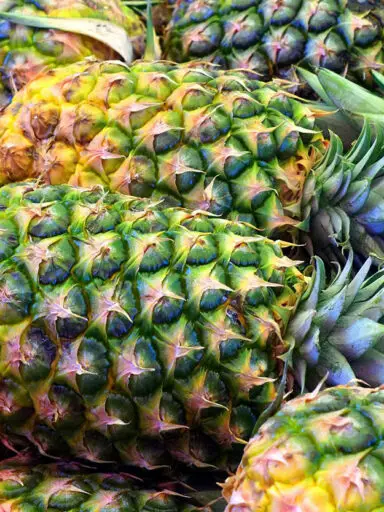Fish can be best described as an aquatic animal that is abundant in water bodies all over the world. These range from freshwater rivers, ponds, and lakes to vast saltwater oceans.
Fish are generally cold-blooded animals covered in scales and have fins that aid them to navigate through the waters in which they dwell. They usually breathe through gills and spawn by laying eggs in most cases.
Fish in Culinary Contexts
In the animal kingdom, fish is usually differentiated from other forms of aquatic life. There are fish and then there are crustaceans, mollusks, echinoderms, and other forms of aquatic life.
In culinary terms, fish can also refer to the shellfish mentioned above and throughout this website, we will rarely be making that distinction except where we deem it necessary. In this context, fish may be classed as either whitefish, oily fish, or shellfish.
Because this is a cooking site we will likewise focus more on the health benefits and the uses of this excellent source of protein in cooking. The rest of the facts surrounding this food, we will steer clear of, seeing it is beyond the scope of this write-up.
Fish Used in Cooking
This food can be consumed in various ways. It can be eaten raw as in sushi. It can be consumed cured by marinating as in ceviche. It can be prepared by pickling or smoking. It can be cooked by grilling, baking, poaching, frying, or steaming.
They can be preserved by freezing, drying, curing, salting, and smoking. The result of some of these methods can impart additional distinct flavors and maybe a favored method of preservation depending on what is being achieved in the kitchen.
Depending on the cultural background, the entire animal can be consumed except for the fins, bones, and guts.
Nutritional and Health Benefits
Fish is a great source of high-quality protein. It also contains minerals and vitamins. The oily variety contains substantial amounts of fat-soluble vitamins such as vitamin A, vitamin D, vitamin E, and vitamin K. They also contain essential fatty acids.
It also contains on average 111 calories per 100 grams for whitefish and 203 calories per 100 grams for oily fish. It is also a good source of vitamin B12, phosphorous, selenium, and Omega-3. This food can make improvements in brain development and reproduction in humans.
Health Hazards of Fish
Fish must always be consumed fresh. Here is a piece on four steps to ensure you always buy it fresh. It can also be a choking hazard, especially with the nature and size of the bones. Rotting fish can be highly toxic as well.
These aquatic dwellers can also absorb toxins from the waters in which they dwell and those toxins can be passed to humans when we consume their flesh. They can also contain parasites that again can pass to humans during consumption.
Some of the species in themselves contain toxins and therefore must be prepared with care in order to avoid the toxins ending up on the dish.
All in all, you need a licensed and inspected source of this seafood whenever you go out to the market to purchase your selection to ensure you are getting the healthiest possible product on sale.



